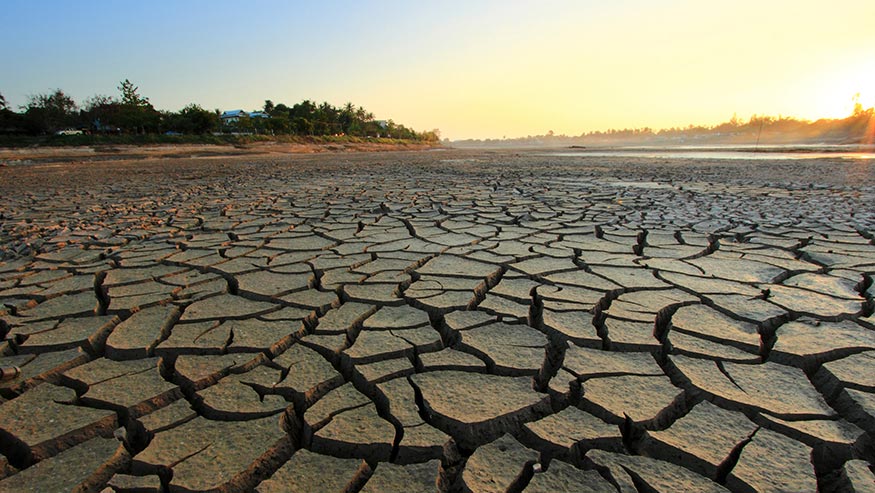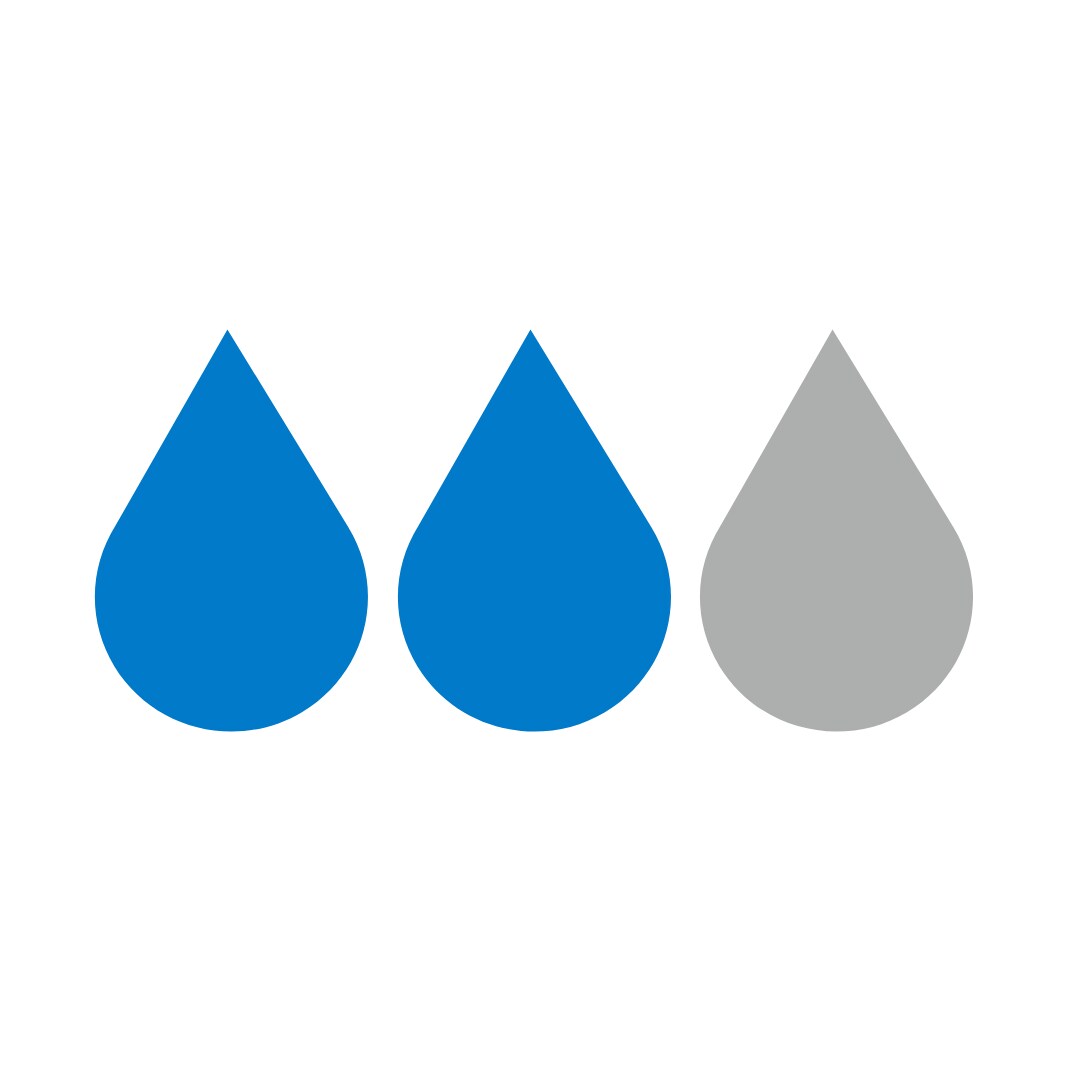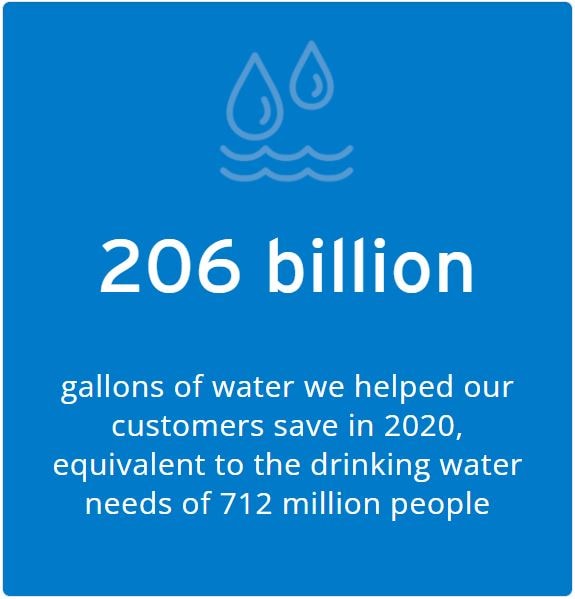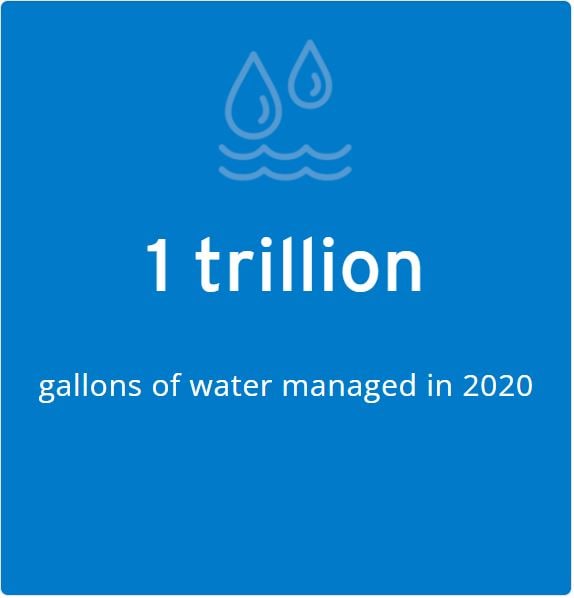How To Create a Future With Ample Water for All

Water is essential to life. But it’s not an unlimited resource.
In the U.S., severe drought conditions in California, lowering water levels in Lake Mead and the depletion of the Ogallala Aquifer in the Midwest are all indications of what a world without water looks like today. And every year, we’re seeing more droughts, water shortages and other water-related disasters that create major challenges for businesses and communities around the world.
It’s undeniable that water will continue to be one of the primary ways our world experiences climate change, a fact that was underscored by the latest Intergovernmental Panel on Climate Change (IPCC) climate report, which highlighted water stress as the biggest source of climate-related physical risk to industry today.
But the report also stated that it’s not too late. And with world leaders currently gathered in Glasgow for the 2021 United Nations Climate Change Conference (COP26), now is the perfect opportunity to talk about how we can change industry practices to help mitigate and address the impacts of a changing climate.
So, how do we create a future with ample water for all? There’s no magic solution, but we know that two ways to do this are to rethink the way organizations manage their water and collaborate to drive collective benefits to communities by contributing to watershed health.
Rethink the way we use water

Nearly two-thirds of all water consumption goes toward corporate supply chains.

It is estimated that, by 2030, there will be a 56% freshwater gap.
According to the World Resources Institute (WRI), we are projected to experience a 56% freshwater gap by 2030. Without water, many businesses will not be able to operate and deliver essential products.
Corporations must take action to reduce the amount of water they consume in their operations. Identifying inefficiencies in water usage and making changes to help optimize operations leads to real progress on water-related sustainability goals – from the enterprise level to individual facilities. Measurement and monitoring water at a site level is where we need to start. Providing sites and facilities with the visibility of where they need to prioritize when it comes to implementing action plans to reduce inefficiencies.
That’s why it’s critical for us to identify solutions to change the way organizations use their water. At Ecolab, we partner with customers across a wide range of geographies, helping them understand their local watershed and develop proactive water action plans. Our teams help customers leverage intelligent digital services, like Ecolab® Water Track IQ™, that enable real-time insights and provide visibility into water usage. The data collected helps organizations reduce, reuse and recycle water, while considering their impact on the surrounding community.
Encouraging collaboration with key stakeholders in local watersheds
Reducing water use is an important step, but it’s not the only one. It is critical that businesses reach outside their facilities to work with those who share the same water resources and strive to ensure water availability, quality and access for all: residents, governments, industry, agriculture and natural ecosystems.
With water scarcity putting more people and communities, particularly historically disadvantaged communities, at risk, businesses are wise to be at the table, working toward solutions and building trust in their commitment to “water for all.”
We’re working to bring this commitment to life through our co-founding membership in the Water Resilience Coalition, an initiative of the U.N. Global Compact’s CEO Water Mandate.
Made up of some of the world’s largest global brands, the Coalition is working to raise global water stress to the top of the corporate agenda and to preserve the world’s freshwater resources through collective action and ambitious, quantifiable commitments in water-stressed basins.
What that means for Ecolab is that, in addition to working to help our customers enable proactive water management in their operations, we’re setting goals for our own facilities as well. We’ve made excellent progress on our 2030 Impact Goals, which include a goal to restore more than 50% of our water withdrawal and achieve Alliance for Water Stewardship Standard (AWS) certification in high-risk watersheds in which we operate.



We’ve approached these goals through key partnerships with other companies – like through our involvement in the Water Resilience Coalition – and with public organizations like the California Water Action Collaborative (CWAC), a network for diverse stakeholders pursuing collective action projects that will improve California's water security for people, business, agriculture and nature.
Recently, Ecolab joined a group of corporations and foundations that committed funding to close an $8 million funding gap required to complete a landmark water conservation project with the Colorado River Indian Tribes (CRIT) and the state of Arizona.
These types of partnerships help us extend beyond the environmental benefits of reducing water use. By restoring the health of local watersheds, we can work to ensure that communities around the globe have equitable access to freshwater: a building block to healthy life that nobody should be denied.
We cannot address and adapt to climate change without considering the role water plays. Proactive smart water management will help companies build resilience to increasing water stress while reducing energy use and emissions. I hope to see more corporations embed proactive water management and join forces to help ensure a future with water for all.
Future Reading:

More on our Digital Realty Partnership
We partnered with Digital Realty, a leader in data, co-location and interconnected solutions, to understand water usage, resiliency and monitoring.

2030 Impact Goals
In 2020, we launched ambitious sustainability goals, focused on water, food, health, climate, safety and diversity, equity, and inclusion.

Water Resilience Coalition
In 2020, we announced a partnership with Water.org to help enable access to sustainable water and improved sanitation in at-risk watersheds in India.



